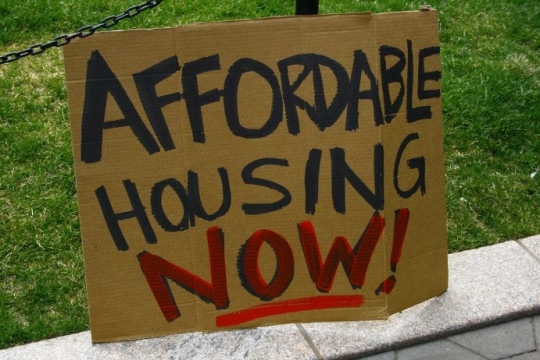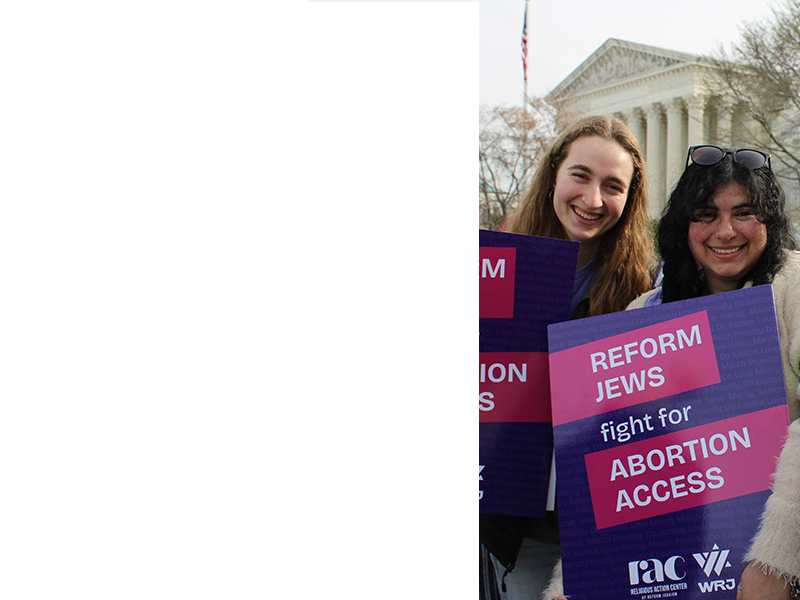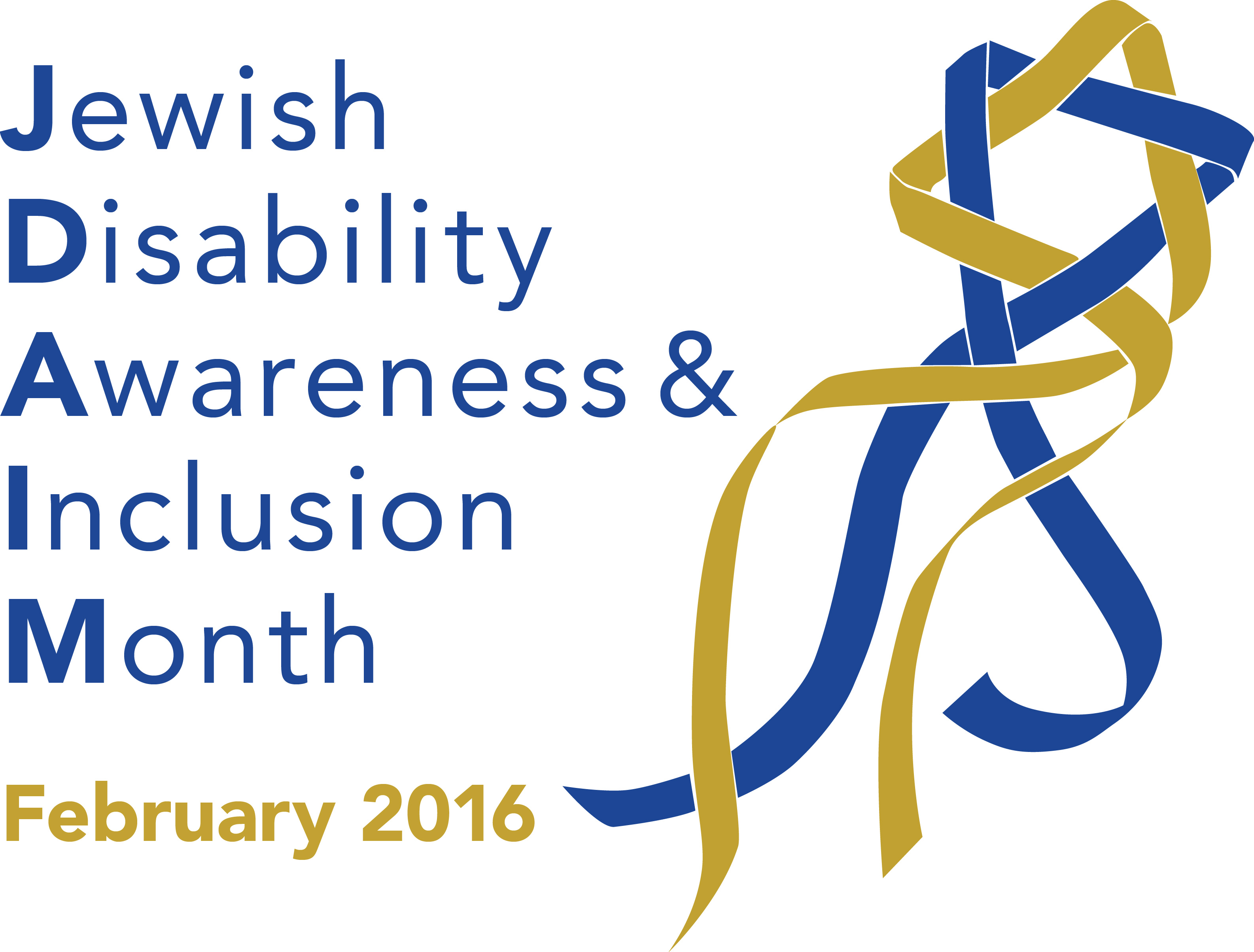
I admit that I get quite a thrill when I hear about all of the events and programs that are scheduled in North America during Jewish Disability Awareness and Inclusion Month (JDAIM) each February. As one of the co-founders with the Jewish Special Education Consortium in 2009, JDAIM has become a symbol of the movement to include Jews with disabilities in community life.
Here are just some of the many program opportunities planned for JDAIM:
- Hundreds of congregations, communities and national organizations recognize JDAIM by holding programs that feature speakers who live with disabilities, screen films that inspire and inform, and include people with disabilities in Shabbat rituals, dinners and Havdallah services. Representatives of Jewish organizations, self-advocates and family members convene in Washington, DC each year for Jewish Disability Advocacy Day (JDAD) to learn about policy initiatives and share stories with Congressional members and staff. JDAD is organized by the Jewish Disability Network, a coalition of Jewish organizations working on disability policy.
- JDAIM Reads is a popular book discussion initiative and PJ Library partners with us to create outstanding curriculum for the youngest members of our community.
Each JDAIM I think about how important it is to raise awareness. This component of JDAIM will not diminish so long as Jews who live with disabilities are shut out of Jewish community life. While JDAIM has been embraced by so many Jewish organizations, I often ask myself if JDAIM has an impact beyond February. It has always been obvious to me that including people with disabilities, who comprise nearly 20% of the U.S. population, is a universal challenge and JDAIM participation reflects that.
JDAIM does not replace the responsibility we have as Jews to welcome and support people with disabilities throughout their lifespans. We can’t make inclusion a concern one month and ignore our responsibility the other eleven months.
After eight years of JDAIM, it’s time to challenge ourselves to deeply consider what our efforts have yielded. Are we simply aware that there are Jews who live with a disability? Or has JDAIM raised the issue of inclusion enough to transform the experiences that people with disabilities have: to be valued members of the Jewish community; to contribute gifts and strengths; to participate in any and all congregational activities? Have we learned at last that people with disabilities can direct their own Jewish lives and decide how, when and where to participate? Can we honestly say that we are supporting people to live the quality Jewish lives that they choose?
Not long ago I led a study session for synagogue and community agency lay and professional leaders in a mid-size Jewish community. I asked participants to write down three things that are important to them in their Jewish lives. Responses were very personal and no two people had exactly the same answers. Through the course of this activity, I asked one or two participants to give up one of their items. After that, I begin to simply take these important things away from people.
That is where the activity gets interesting. Participants are reminded that what is important to them is vital for their own well-being. Yet, when our practices, policies and programs exclude or segregate people with disabilities, aren’t we denying them the opportunities to have what is important to them as Jews?
This is precisely the kind of transformative thinking that can shift us toward the practice of inclusion all year long. If we participate in JDAIM programs and believe that we have done enough, we are simply paying lip service to something so intrinsic and elemental in Judaism. That is the right to belong to the Jewish people, and to flourish in our Jewish lives.
Shelly Christensen, MA, FAAIDD, is the co-founder and coordinator of JDAIM. She literally wrote the book on inclusion, Jewish Community Guide to Inclusion of People with Disabilities, and consults with numerous national Jewish organizations and communities to advance inclusion of people with disabilities. Shelly is a popular keynote speaker and facilitator who inspires and guides change toward self-directed participation by people with disabilities. Shelly and husband Rick have three sons, one of whom lives with Asperger syndrome, two grandsons and a Deaf Sheltie named Penina.
Related Posts
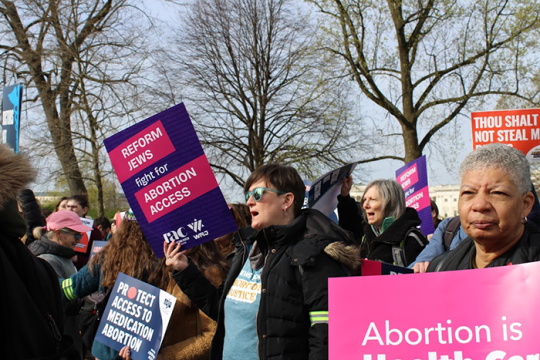
Remarks from Rabbi Eliana Fischel at Jewish Gathering for Abortion Access
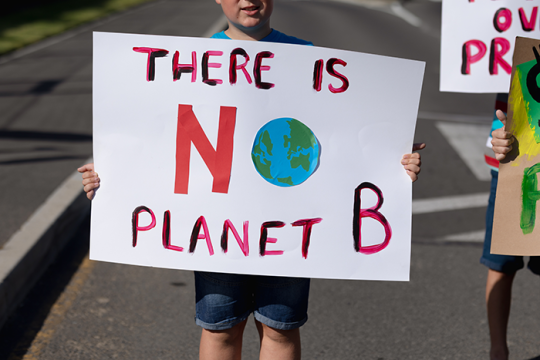
Teens from North Carolina Speak About Environmental Justice
